B4. Citología por PAAF de órganos profundos y superficiales. 2nd Online Edition
Welcome to the Second Online Edition of the PAAF Cytology Course for Deep and Shallow Organs!
Currently the Fine Needle Puncture - FNA - of deep and superficial organs, is part of the diagnostic protocol for benign or malignant, primary or metastatic lesions. The puncture is performed with control of the position of the needle by Ultrasonography, CT or endoscopic route. Often, considering the surgical excision of the lesion, the previous fine needle puncture is not indicated; This implies a lack of experience and ignorance of the corresponding cytopathological picture, to the detriment of the invaluable help of the Fine Needle Puncture technique. As noted by renowned researchers and professors in the sector, FNA is a quick procedure with few technical requirements and extremely useful in the diagnosis of soft tissue tumors.
In addition, in several meetings of the Spanish Society of Pathological Anatomy, the Spanish Society of Cytology, the Latin American Society of Cytology and the Catalan Society of Cytology, this problem has been named from which it has been decided to create a tool for send the necessary training, or at least, a first approach. The same technicians and pathologists admit the need for continuous training of the sector itself.
The course, with a teaching staff of excellence, consists of a theoretical framework for each topic, a large bank of cytological images, bibliographic recommendations and clinical cases.
1. Soft parts
(Dr. R. González Cámpora)
2. Thyroid
(Dr. B. Lloveras)
3. Lymph node
(Dr. J. Esquivias)
4. Liver
(Dr. R. Granados)
5. Pancreas
(Dr. M.D. Lozano)
6. Ovary
(Dr. N. Combalia)
7. Kidney
(Dr. Andres Perez Barrios)
8. Salivary glands
(Dr. JA Jimenez Heffernan)
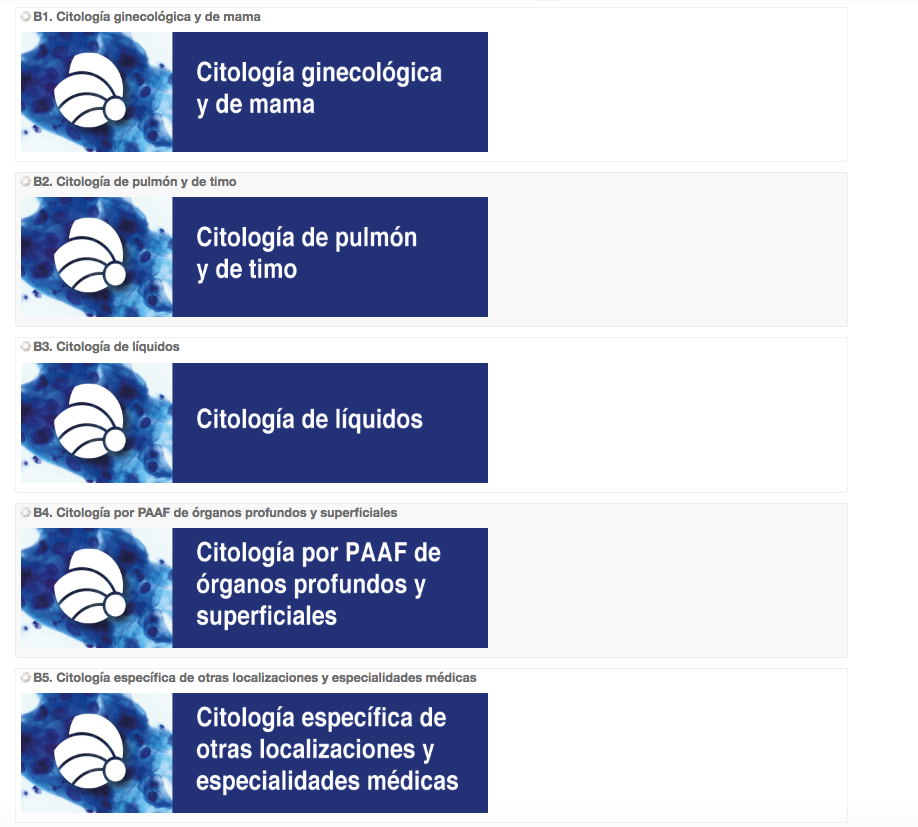
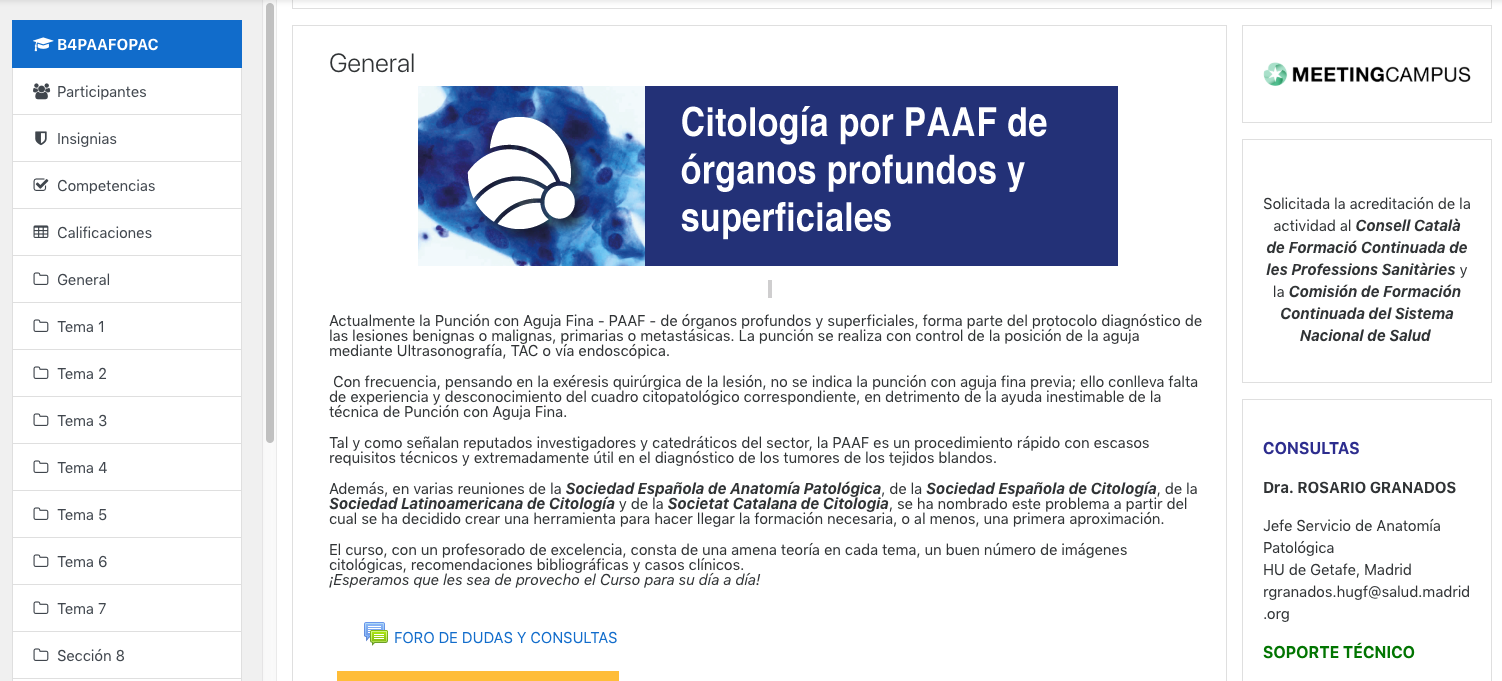

Management
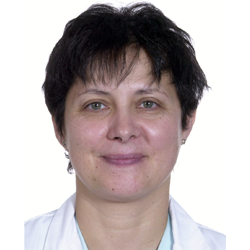
Dra. Rosario Granados Carreño
Jefe Servicio de Anatomía PatológicaHU de Getafe, Madrid
rgranados.hugf@salud.madrid.org
Coordination
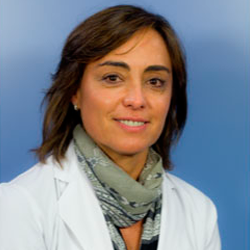
Dra. María Dolores Lozano Escario
Jefe Servicio de Anatomía PatológicaClínica Universidad de Navarra
mdlozano@unav.es
Staff

Dr. Ricardo González Cámpora
Jefe Emérito Servicio de Anatomía PatológicaHospital Universitario Virgen Macarena, en Sevilla
rcampora@us.es
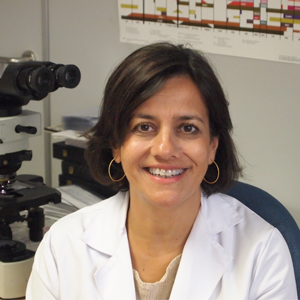
Dra. Belén Lloveras Rubio
Jefe Servicio de Anatomía PatológicaHospital del Mar, Barcelona
Nº de Colegiado 17933
Col·legi Oficial de Metges de Barcelona

Dr. Javier Esquivias López
Médico Especialista Servicio de Anatomía PatológicaHospital Universitario Virgen de las Nieves, Granada
javieres@ugr.es
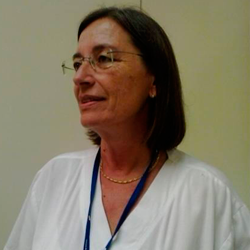
Dra. Neus Combalia Soriano
Jefe del Servicio de PatologíaParc Taulí Sabadell, Hospital Universitario UDIAT Centro Diagnóstico
ncombalia@tauli.cat
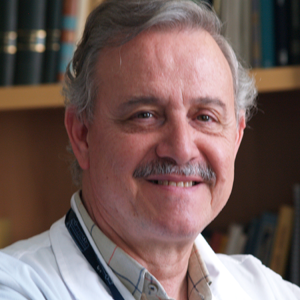
Dr. Andrés Pérez Barrios
Jefe Sección de Anatomía PatológicaHospital 12 de Octubre, Madrid
aperezb@salud.madrid.org

Dr. José A. Jiménez Heffernan
Médico Especialista Servicio de Anatomía PatológicaHospital Universitario La Princesa, Madrid
Testimonials
Rubén Benages. Hospital Josep Trueta, Gerona
"El B1 va bien para repasar conceptos, pero el B3 y B4 de PAAF tienen los contenidos más interesantes sobretodo por las técnicas especiales y de inmunología, además de las partes blandas, ya que es la patología con entidades menos frecuentes en citología"



